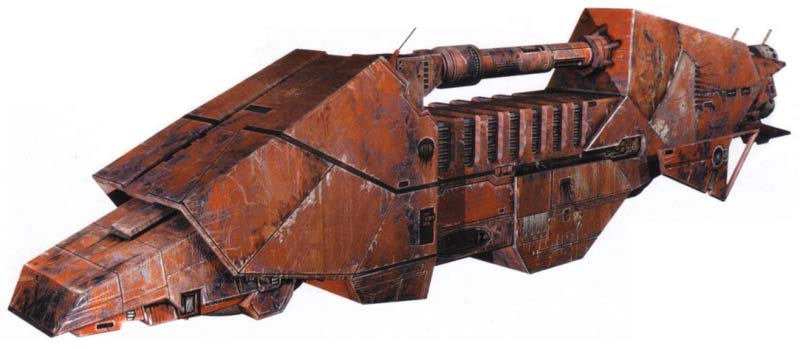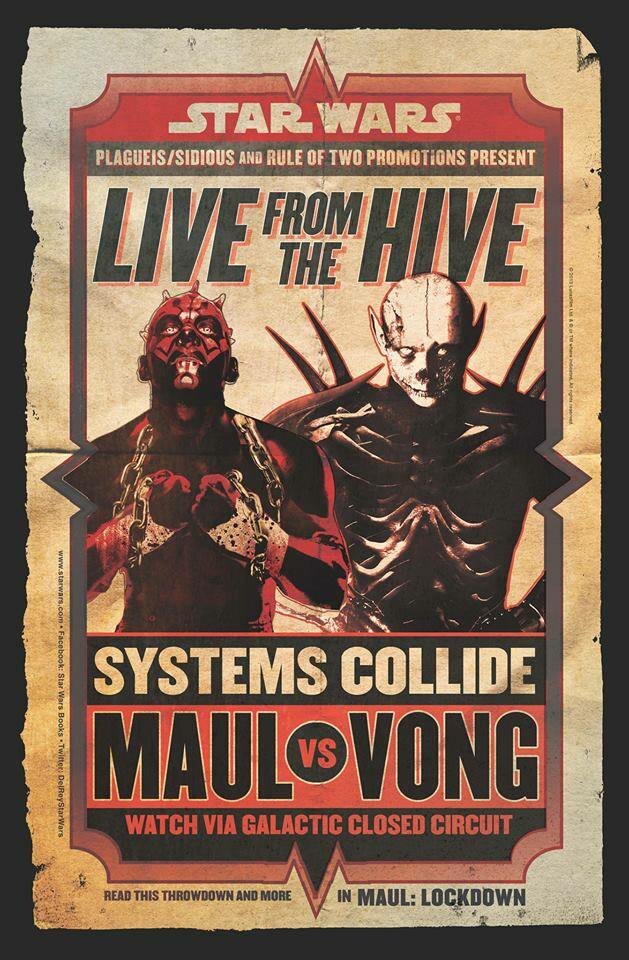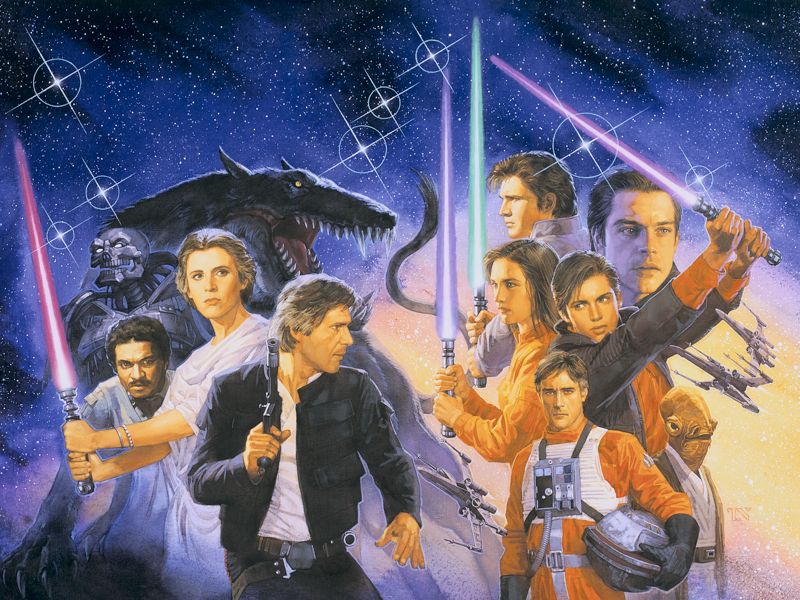
Sparked by the A Case for Starting Over, Part V: Passing The Torch piece….
A recurring line of political rhetoric over the last few years – and it is rhetoric, certainly not policy by any measure – has been around the idea that governments should not leave debts to future generations. In an ideal world that would be the case, but the world is not ideal and we have to deal with it as it is. That in turn means inheriting the debts of our predecessors regardless of whether it should be the case, some of the debt being the cost of the World Wars.
It might be said Star Wars is a case in point of one generation having to clean up the mess of its idiotic predecessors! Did Luke, Han or Leia wish for the galaxy to be ruled by a totalitarian Galactic Empire that sees the deployment of planet-killers as justifiable protest control measures? Of course not, but they’re stuck with it anyway.

 In last week’s new release Maul: Lockdown, Darth Maul is sent to uncover a reclusive and mysterious arms dealer hiding out in Cog Hive Seven, a space-based prison whose architecture is infinitely rearrangeable. This has two benefits: one, escape is much more complicated when the route out of your cell is constantly changing, and two, it allows Warden Sadiki Blirr to pick any two inmates and smack them together like action figures. The resulting deathmatches are then broadcast to the galaxy for gambling purposes, with Blirr herself collecting a healthy piece of the profits. This system of near-constant combat makes up the spine of Lockdown‘s bloody proceedings, and while the Rubix-Cube-like concept of Cog Hive Seven is a novel approach, the general premise of gladiatorial combat has a long and storied history in the Galaxy Far, Far Away, dating almost all the way to the beginning of the Expanded Universe.
In last week’s new release Maul: Lockdown, Darth Maul is sent to uncover a reclusive and mysterious arms dealer hiding out in Cog Hive Seven, a space-based prison whose architecture is infinitely rearrangeable. This has two benefits: one, escape is much more complicated when the route out of your cell is constantly changing, and two, it allows Warden Sadiki Blirr to pick any two inmates and smack them together like action figures. The resulting deathmatches are then broadcast to the galaxy for gambling purposes, with Blirr herself collecting a healthy piece of the profits. This system of near-constant combat makes up the spine of Lockdown‘s bloody proceedings, and while the Rubix-Cube-like concept of Cog Hive Seven is a novel approach, the general premise of gladiatorial combat has a long and storied history in the Galaxy Far, Far Away, dating almost all the way to the beginning of the Expanded Universe.
